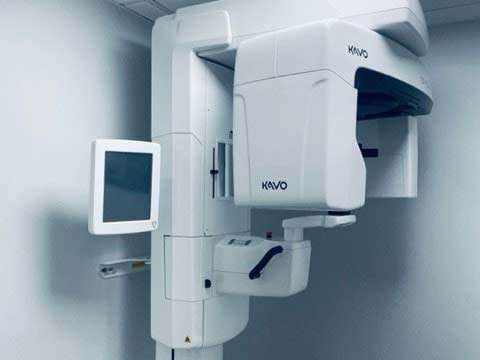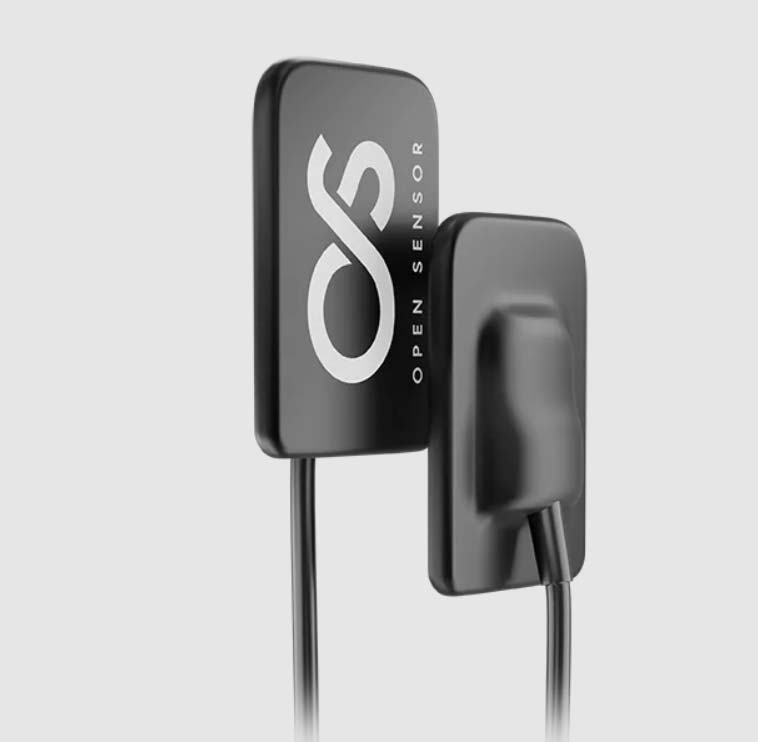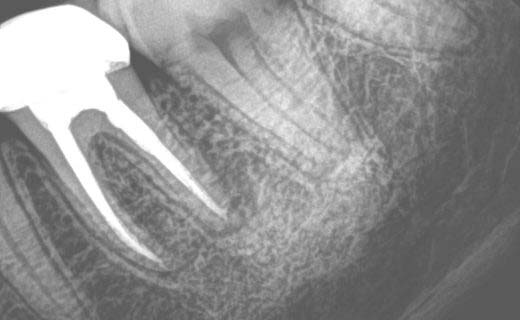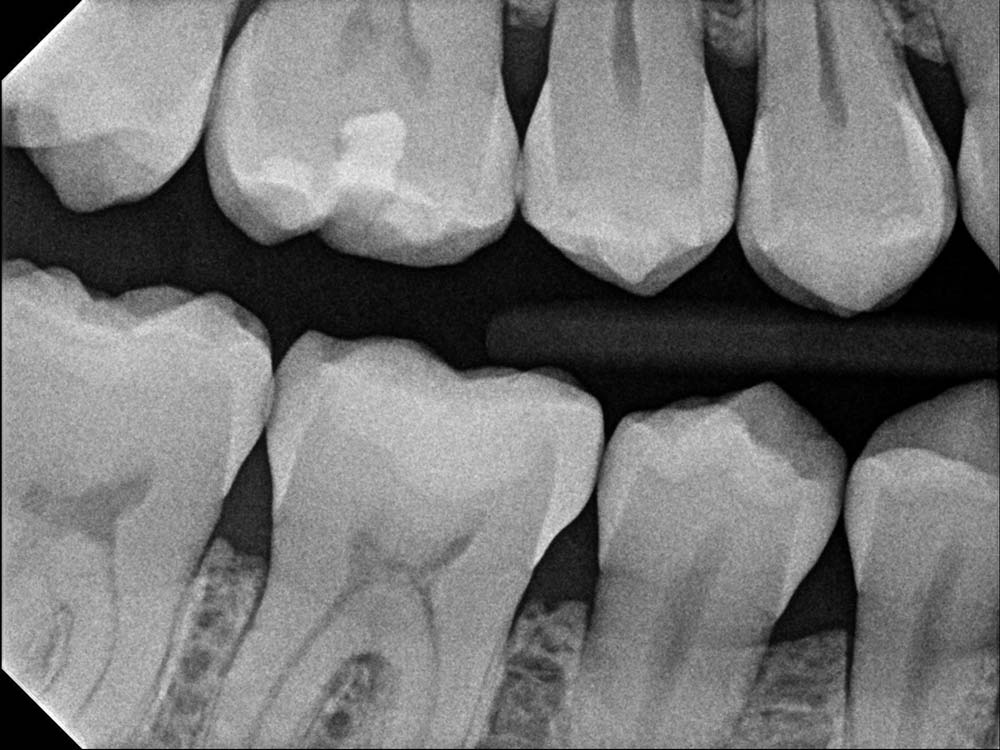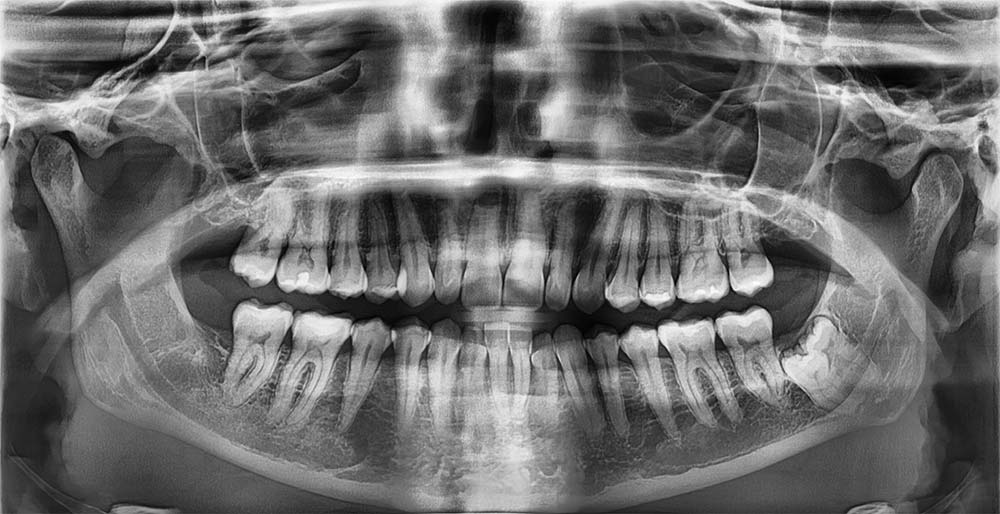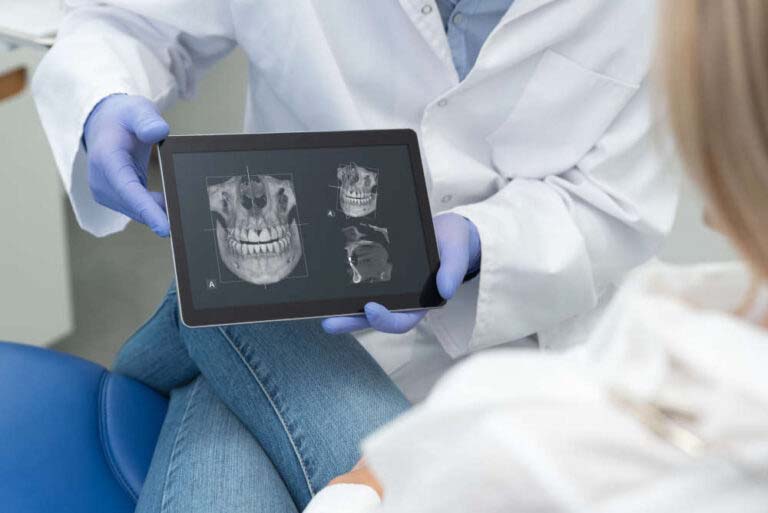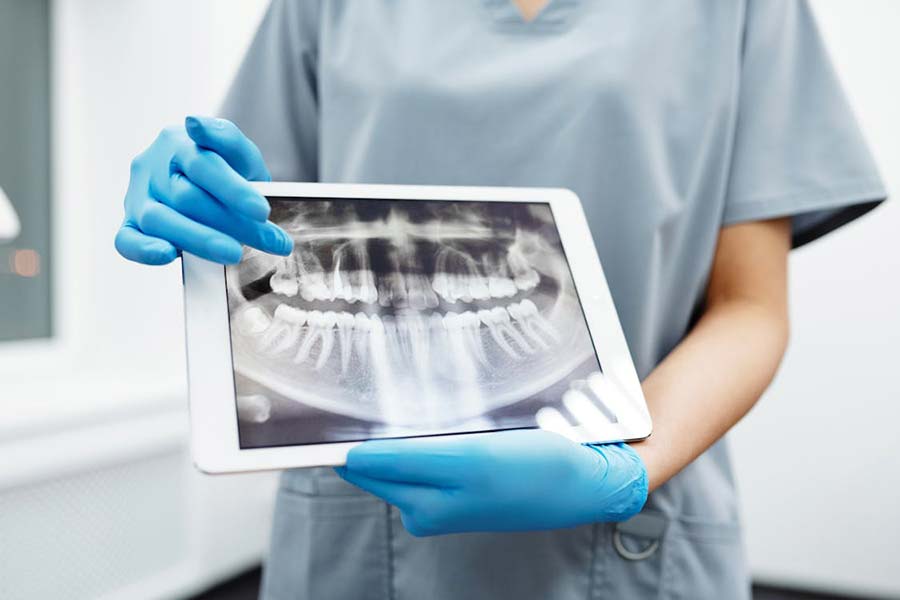Digital Dental X-Rays in NYC
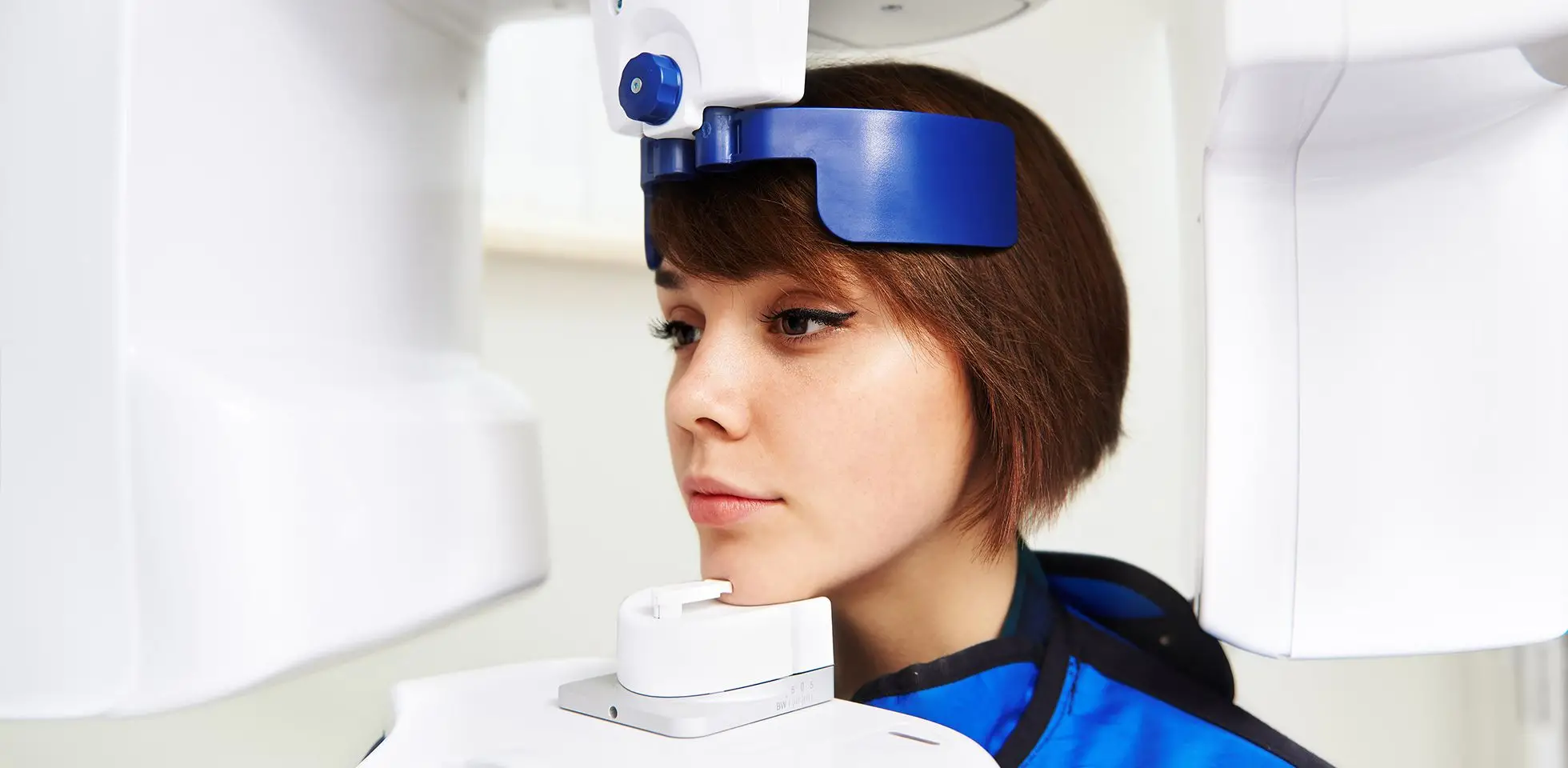
What Are Digital Dental X-Rays?
Digital dental X-Rays are a modern and essential diagnostic tool that allows dentists to see a detailed view of your teeth, gums, and jaw with minimal radiation exposure. By providing clear, high-resolution images quickly, digital X-Rays help detect hidden dental problems early, guide treatment planning, and promote better oral health outcomes.
At 209 NYC Dental, our priority is to deliver advanced, comfortable, and precise dental care. This process starts with accurate diagnosis. That’s why one of the most essential tools in our dental toolbox is the digital dental X-Ray. If you’re searching for fast, low-radiation, and high-resolution imaging in NYC, 209 NYC Dental is fully equipped to meet your needs.
Digital Dental Radiology
In pursuit of radiation safety, better image quality, and portability of digital images 209 NYC Dental was one of the first dental practices in New York City to transition from film-based traditional methods of X-Rays systems with dark room to digital dental radiology.
We use exclusively digital radiography at 209 NYC Dental. In addition to excellent image quality, digital radiography also offers greater efficiency. The digital images quickly appear on the computer screens in 209 NYC Dental’s treatment rooms, and they can be instantly used by our dentists to plan treatment. Our talented staff can also display this information on monitors in our state-of-the-art rooms for patient education.
These digital images can be emailed to other dentists, doctors, or insurance companies worldwide. This collaboration with our colleagues helps us to treat our patients with the most up-to-date ideas and methodology.
Our office is equipped with dental X-Ray systems and digital sensors to capture images; a modern Cone Beam CT Scan and panoramic machine, and top-of-the-line intraoral cameras. Nearly every room features digital X-Ray capabilities.
Types of Dental X-Rays
Dental X-Rays are an essential part of dental care. Different types of radiographs give us specific information to help diagnose, treat and monitor various oral health conditions. Understanding the purpose and limitations of each type allows us to have a better conversation with you and ultimately better oral health outcomes.
Intraoral X-Rays
Intraoral X-Rays are the most common type of dental X-Rays, taken with a small sensor or film inside the mouth to provide detailed view of individual teeth and surrounding bone, all with minimal radiation exposure and quick procedure times.
Periapical X-Ray (Dental PA X-Ray)
One of the most common types of dental X-Rays is the periapical X-Ray, often referred to as PA X-Rays or just PA. This type captures the entire tooth from the crown to the root and surrounding bone. Periapical X-Rays are great for detecting issues such as abscesses (infections at the root tip), bone loss due to periodontal disease, impacted teeth and abnormalities in the root structure. We use them to monitor the progress of root canal treatments or to check the healing after tooth extractions.
Bitewing X-Ray (BTW X-Ray)
Another common type is the bitewing X-Ray (BTW). Bitewings show portions of the teeth above the gums of the upper and lower teeth in a specific area. This view is great for detecting decay that is not visible during a visual exam. Bitewings also show the level of the bone supporting the teeth which helps us diagnose early stages of periodontal disease. A set of bitewings usually includes a view of the premolar and molar areas on both sides of the mouth.
Extraoral X-Rays
Extraoral X-Rays are called so because the X-Ray sensor is positioned outside the mouth to capture images of the jaws, skull, and surrounding structures, examples include: panorex, dental CBCT scan and cephalometric X-Rays.
Panoramic X-Rays
Panoramic dental X-Rays (panorex, panoramic) give us a wide view of the entire oral cavity, including all the teeth, upper and lower jaws, sinuses and temporomandibular joints (TMJs). This type of X-Ray is used for overall assessment, surgical planning (e.g. wisdom teeth extraction or dental implant placement), diagnosing jaw fractures, identifying cysts or tumors and evaluating tooth development. While panoramic X-Rays give us a broad view, the detail for individual teeth is generally less than on dental PA X-Ray or bitewing.
CBCT Scan
Cone Beam Computed Tomography (Dental CBCT scan) is a more advanced type of dental imaging that gives us a 3D view of the entire head. Unlike conventional X-Rays that produce 2D images, CBCT scans give us a much more detailed and accurate representation of the dental structures. This advanced technology is used for complex cases such as in case of full mouth reconstruction with dental implants, and sometimes surgical planning for impacted teeth extractions and evaluation of TMJ disorders. Digital subtraction radiography of CT scan allows us to detect vertical fracture. However, CBCT scans involve a higher dose of radiation than conventional digital dental X-Rays and are used when the benefits outweigh the risks.
How Often Should You Get Dental X-Rays?
The frequency of dental X-Rays needed varies depending on an individual’s oral health, risk factors for dental disease and age. New patients often require a more comprehensive set of radiographs to establish a baseline, while recall patients may only need bitewings, 2 PAs or additional PAs to monitor existing conditions or detect new problems. Dentists follow the principle of ALARA (As Low As Reasonably Achievable) when prescribing dental radiographs, taking only when necessary and using the lowest possible radiation dose to get the required diagnostic information.
Digital Dental X-Rays in NYC for New Patients
To be the best dentists in NYC, we must be knowledgeable about what we do. To treat our patients properly, we use digital dental X-Rays in NYC. Thus, all new patients need a complete set of dental X-Rays, which consists of either full mouth series or combination of Panorex, 4 bitewings and 2 dental PA X-Rays. We are happy to accept this information from previous offices.
209 NYC Dental is highly aware that no one wants to be exposed to radiation, even if the dose is minimal. That’s why we utilize digital dental radiography, along with ultra-modern, thyroid-protected lead aprons. This ensures that everyone receives the absolute lowest dose of radiation with the most accurate images.
We take detailed medical histories. We take into account if a patient is pregnant or has had radiation therapy.
Digital Dental X-Rays for 209 NYC Returning Patients
209 NYC Dental recommends that our patients have X-Rays taken every 12 months. Some patients have pathology-free mouths. These patients can have X-Rays taken every couple of years or a single X-Ray if a dentist spots a discrepancy.
When you return to our office, your X-Ray history serves as a baseline, letting our team detect even subtle changes over time. This information is crucial for monitoring the progression of cavities, root infections, or bone loss.
Dental X-Rays for Children in 209 NYC Dental
Our dental X-Rays policy for young children is simple, take it only if you need it. Our pediatric and family dentists do not believe that young children need yearly X-Rays. Thus we will only take it if a more complex dental issue arises.
Dental X-Rays During Pregnancy
While dental X-Rays are generally safe during pregnancy when necessary precautions are taken, we typically avoid them unless there is a dental emergency. In the event of a dental emergency, we will prioritize the safety of both the patient and the developing fetus by using appropriate shielding and the lowest possible radiation dose.
Emergency dental X‑rays are typically required for all adult patients!
Why X-Rays Are Important?
X-Rays are important because they allow dentists to see dental pathologies that are not visible with a naked eye. Digital dental X-Rays show what is happening inside the teeth, between them, and at the roots. By seeing the underlying structures our dentists can diagnose the condition, determine the extent of the problem and choose the best course of action. This proactive approach prevents the progression of dental disease and minimizes the need for more invasive and expensive treatments down the track.
Cavities (Dental Caries): Bite-wing and PA images are great at detecting dental decay in the areas hard to see visually. Early detection means minimally invasive treatments to prevent further damage.
Periodontal disease: Periodontal disease, an infection of the gums and supporting bone, can cause significant bone density loss. Panoramic image show us the extent of the bone loss so we can determine the severity of the condition and develop a treatment plan from dental deep cleaning for an early stage gum disease to osseous surgery for advanced stages of gum disease.
Impacted Wisdom Teeth: When a tooth can’t erupt normally it’s considered impacted. Panoramic X-Ray or PA can show us the position of impacted wisdom teeth, and help us determine if intervention is needed.
Abscesses and Infections: Infections at the root of a tooth or in the surrounding bone can be seen on dental digital X-Rays as dark areas where pus is accumulating. Early detection and treatment of abscesses is key to preventing the spread of infection.
Cysts and Tumors: In some cases X-Rays can reveal cysts or tumors in the jawbone. Early detection of these abnormalities is crucial for timely intervention and better outcomes.
Developmental Abnormalities: Panoramic X-Ray or Cone Beam CT scan can show us congenital dental anomalies, like missing teeth, extra teeth or malformed roots, so we can manage proactively.
Evaluation of Restorations: Bite-wing and dental PA are used to check the fit and integrity of existing restorations, like porcelain or composite fillings, dental crowns and bridges, to make sure they are sealed and not causing further problems.
Digital dental X-Rays and regular check ups and cleanings with an experienced team from 209 NYC Dental are key to a healthy and happy smile.
FAQs
What Is the Average Cost of Dental X-Rays?
The cost of dental X-Rays varies depending on the type and number of images required. A single dental PA X-Ray will cost less then a set of 4 bitewings. We always strive to keep costs reasonable while delivering high-quality imaging and dental care. We are happy to provide a significant discount on the complete set of X-Rays (panoramic, bitewings and necessary dental PAs) for our new and returning patients paying privately. In addition, 209 NYC Dental participates with a number of dental PPO insurance providers, which may result in partial or complete coverage of your dental radiographs costs. If you’re unsure about your dental insurance coverage, contact us to speak with our helpful and friendly front desk team.
Are Digital Dental X-Rays Safe?
Digital dental X-Rays are generally considered safe. They utilize varying levels of radiation to produce images. Whether you need a single dental PA X-Ray or a full mouth X-Rays for your dental visit, your concerns about radiation exposure are understandable. The amount of radiation from routine digital dental X-Rays is generally considered very low. 209 NYC Dental adheres to strict safety protocols, including the use of lead aprons and thyroid collars to minimize radiation exposure. Your safety is always our top priority at 209 NYC Dental.
How Long Do Digital Dental X-Rays Take?
Digital X-Rays are captured in just seconds, thanks to our state-of-the-art dental panoramic machines. In a matter of seconds, these images appear on our computer monitors, where our professional dental staff can assess their findings. This rapid process allows a dentist to review your X-Rays with you, further streamlining your visit and expediting treatment planning.
Can I Refuse Dental X-Rays?
Our office policy requires that all new patients get a complete set of X-Rays in our office or provide us with a recent one from another dentist. Patients generally have the right to refuse dental imaging as part of their informed consent regarding healthcare decisions. However, it’s important to understand the potential consequences of this refusal. Dental images are essential for dentists to diagnose conditions not visible during a standard examination.
Once you are in the dental chair, our office assumes responsibility and liability for the dental care. To provide proper dental care, a comprehensive examination, which includes reviewing recent X-Rays, is necessary. Therefore, our office policy mandates that all new patients either receive a complete set of X-Rays at our dental practice or provide us with recent X-Rays from another dental practice. Our office doesn’t allow dental cleaning only for any new patient.
If a medical condition prevents you from undergoing digital imaging please let us know in advance.
What Our Patients Are Saying
With over 1000 reviews from all over the web with an average rating of 4.9 we are proud to be in the Manhattan Dental Elite.
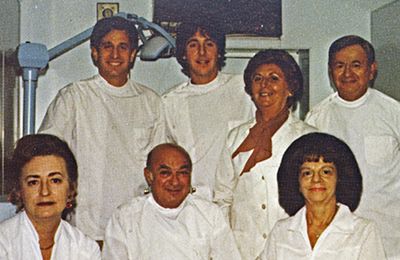 Our History
Our History
 Our Providers
Our Providers
 About Us
About Us
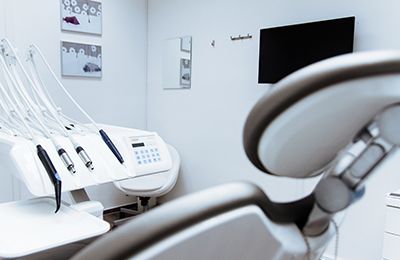 Blog
Blog
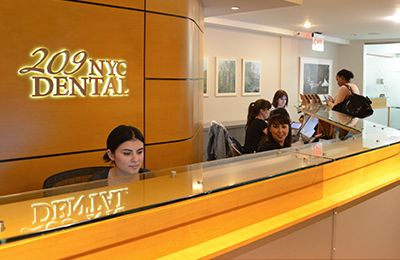 Contact us
Contact us
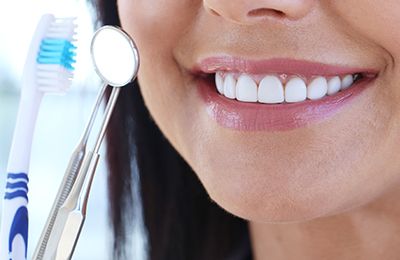 Diagnostic & Preventive
Diagnostic & Preventive
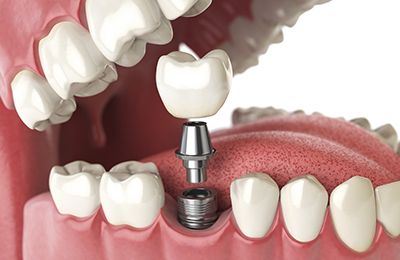 Implant Dentistry
Implant Dentistry
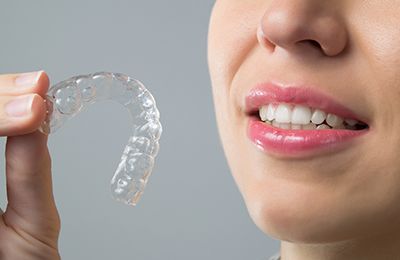 Clear Braces - Invisalign
Clear Braces - Invisalign
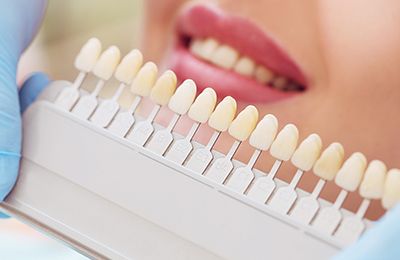 Cosmetic Dentistry
Cosmetic Dentistry
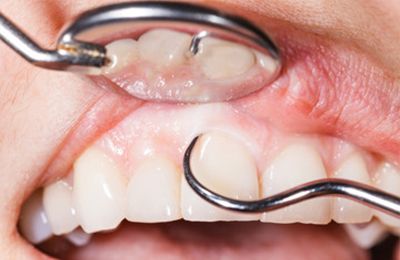 Periodontics
Periodontics
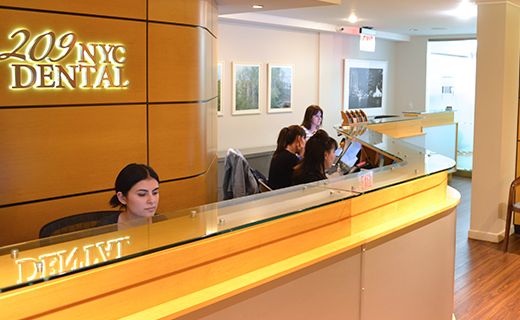 Patient Forms
Patient Forms
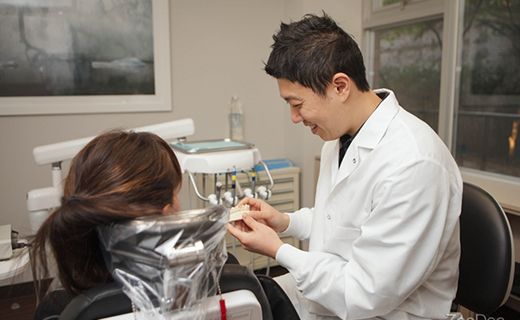 Payment Information
Payment Information
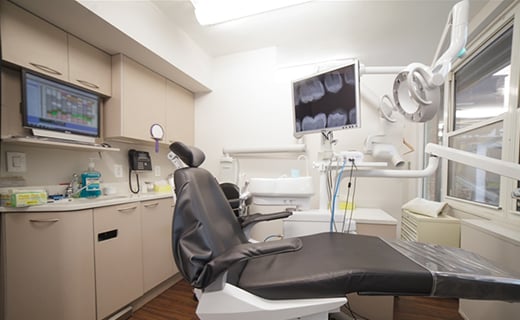 Insurance Options
Insurance Options
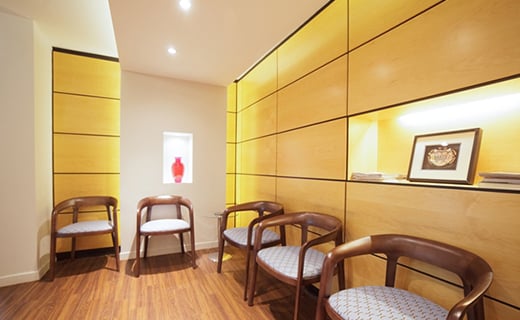 CareCredit Dental
CareCredit Dental
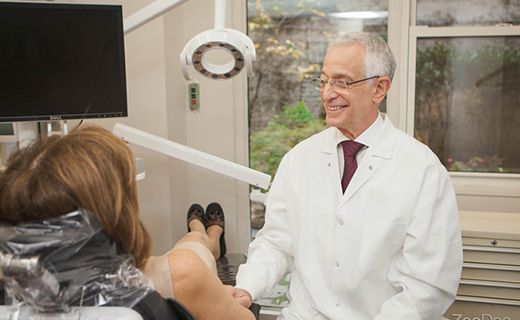 Appointment Policy
Appointment Policy
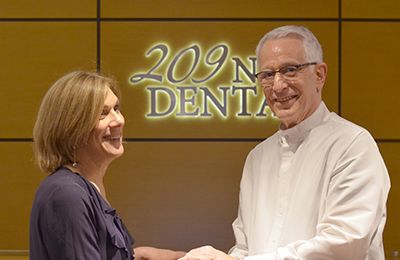 Free Consultation
Free Consultation
 Complimentary Teeth Whitening
Complimentary Teeth Whitening
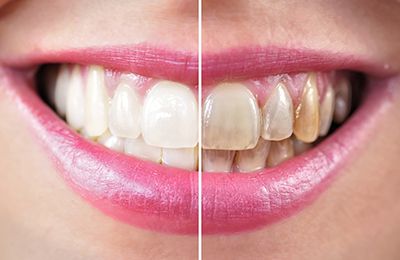 Teeth Whitening
Teeth Whitening
